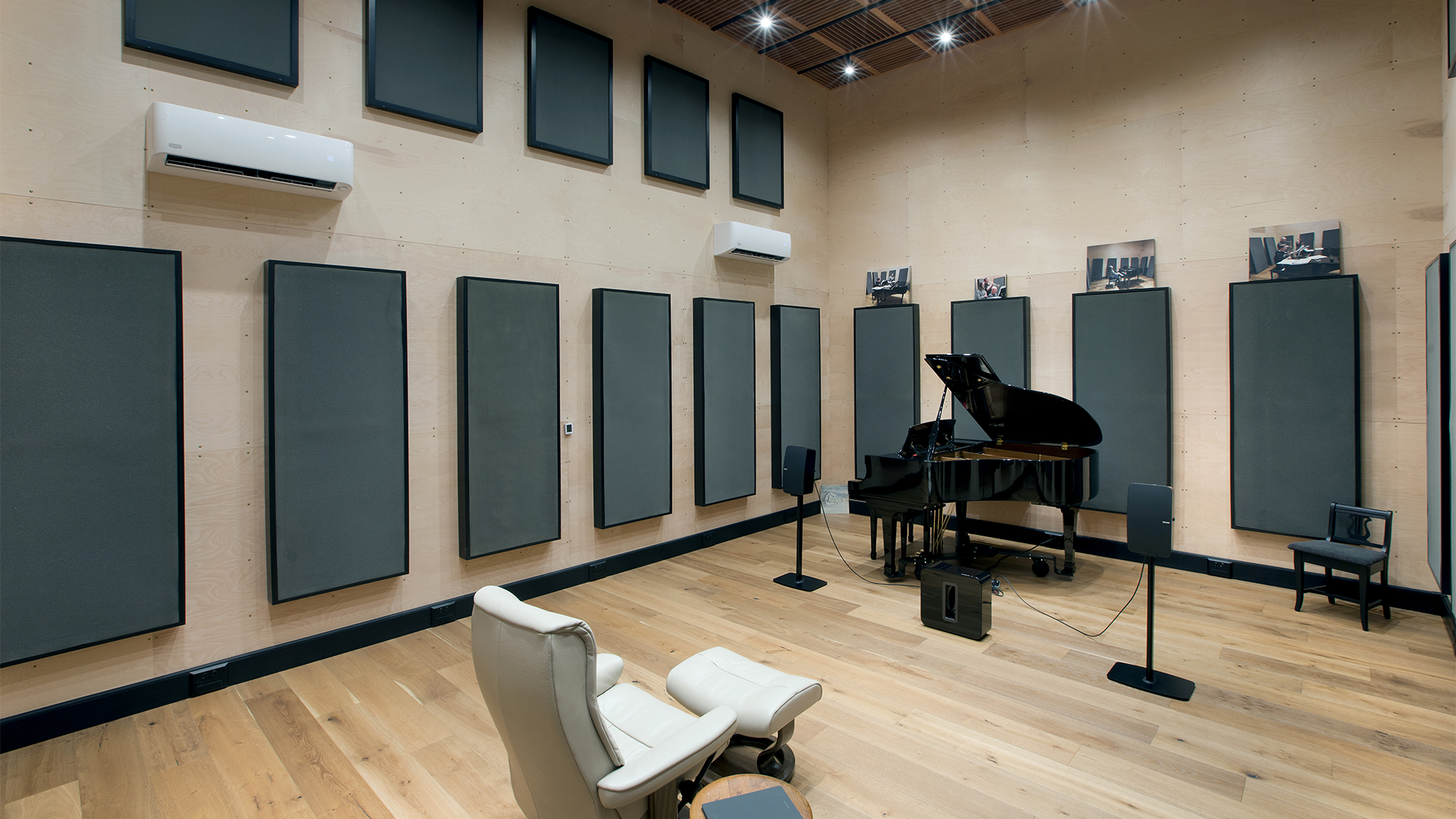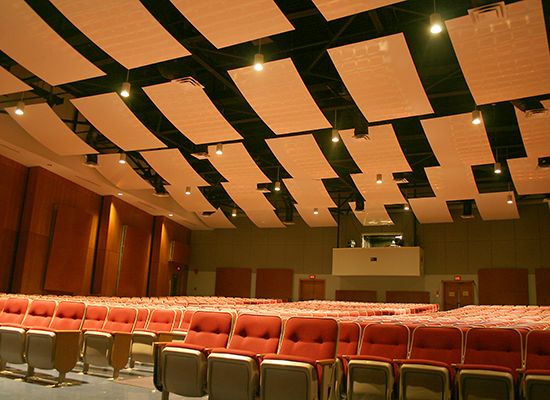
Table of Contents
Introduction
Sound reflection panels are not the norm for acoustic treatments. With treatments, we have absorption and diffusion. Reflections are managed through diffusion or absorption or sometimes a combination of both types. A sound reflection panel is a technology that would not be desired. Reflections produce distortion and its distortion that we are trying to treat using either absorption or diffusion. There are three things that happen to sound. It is absorbed, diffused, or reflected.
The absorption and diffusion technologies are used to manage the reflections. Creating a sound reflection panel will only add to the existing issues such as reverberation and speech intelligibility indexes. Reflections are viewed in acoustical parlors as distortion creating when our goal is less distortion through treatment to produce higher resolutions. No sound reflection panel required in this process. However, this is a general rule of thumb. Sometimes it is required to increase the reverb times if the room is too “dead”. This is more the exception than the rule.
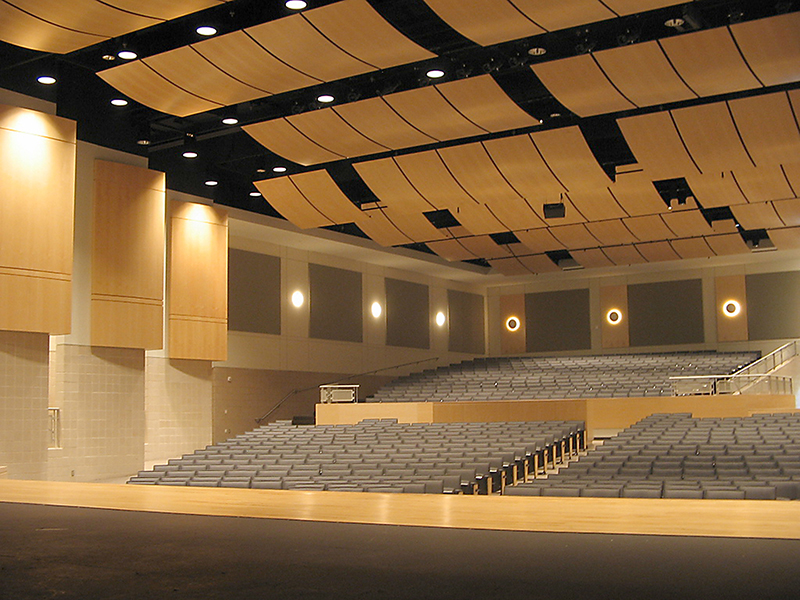
Managing Reverberation with Balanced Reflections
Reflections or a sound reflection panel designed to produce reflections, contribute to a form of sound distortion called reverberation. Reverberation is defined as to how long a sound stays around within the room after it has been sung, spoken, or played. Every surface in the room, the ceiling and 4 walls contribute to a higher reverberation time. Reverb is expressed as Rt-60. It is a measure of the decay rate or how long the sound stays around uninvited.
Every room size and usage has a range of resolution times that will need to be achieved if one is to hear all speech and music. Higher reverb times produce more room distortion. Sound definition and clarity is always a balancing act between the direct or straight line energy from a source and the surface reflections from the room in which it is to be heard. A reverb time of 5 seconds would create a speech intelligibility index number of 40. There would be no need in this example for a sound reflection panel of any type.
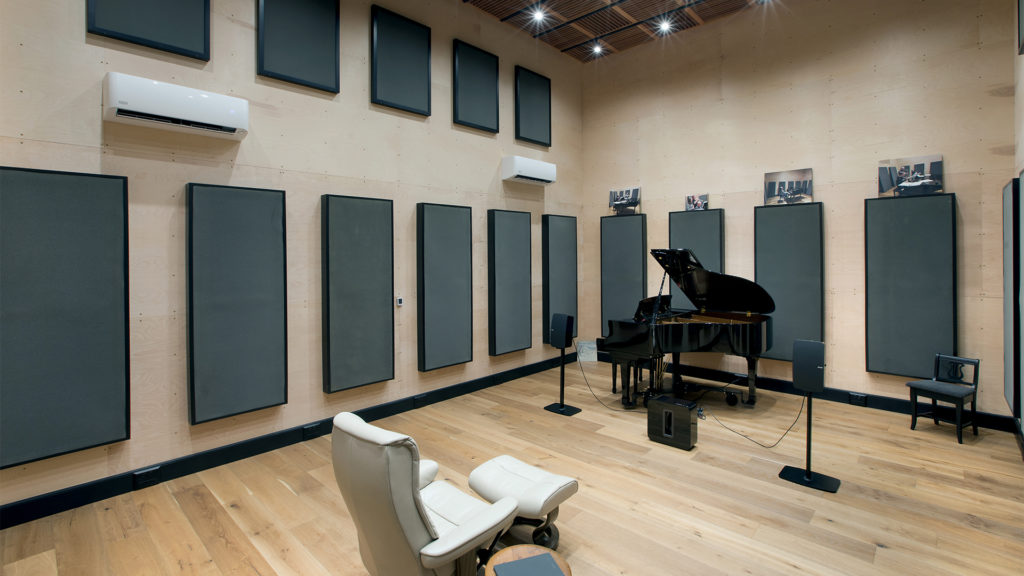
Optimizing Sound Absorption for Clear Communication
Speech intelligibility is defined as how many words within a ten word sentence can be clearly heard. In churches, we like to see an 80 rating or higher. This means that 8 out of every 10 words spoken are heard. Our brains can fill in the missing two words. In churches, we have two energy sources. We have the spoken word and the musical “word”. The musical word supports the spoken word. Both must be heard. The spoken word must have a minimum of an SI 80.
In order to achieve this SI objective, we must use sound absorption, not any type of sound reflection panel. We must use an absorption technology that has the proper rate and level of absorption. We must be able to go low enough in frequency and get enough in amplitude or strength to lower reverb times.
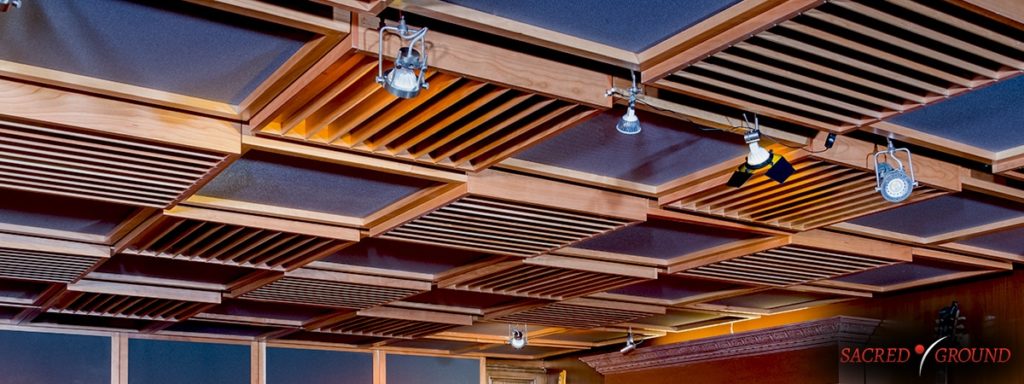
Achieving Critical Mass
Every surface within the room and the surfaces are defined as the floor, ceiling, and four walls contributes approximately 17% to the overall reverb time and issue. With reverberation we need to reach a point of critical mass. Critical mass is defined as covering enough surface area to at least reduce the reverb time by 50%. This is a minimum requirement for a noticeable audio improvement. Anything less than a 50% reduction as a design goal will not produce the desired Rt-60 time and keep speech intelligibility numbers higher than wanted.
When we start with any project, we look at the four walls first and foremost. The reflections from the walls produce reflections in many domains. However, when we listen in a room, the reflections from the sidewalls produce a more psycho acoustical benefit than just treating the ceiling. Every room size and usage is different and each project must be looked at individually to match reverb times to room volume and its intended usage. At Acoustic Fields, we can assist you with defining and treating your reverb issue.
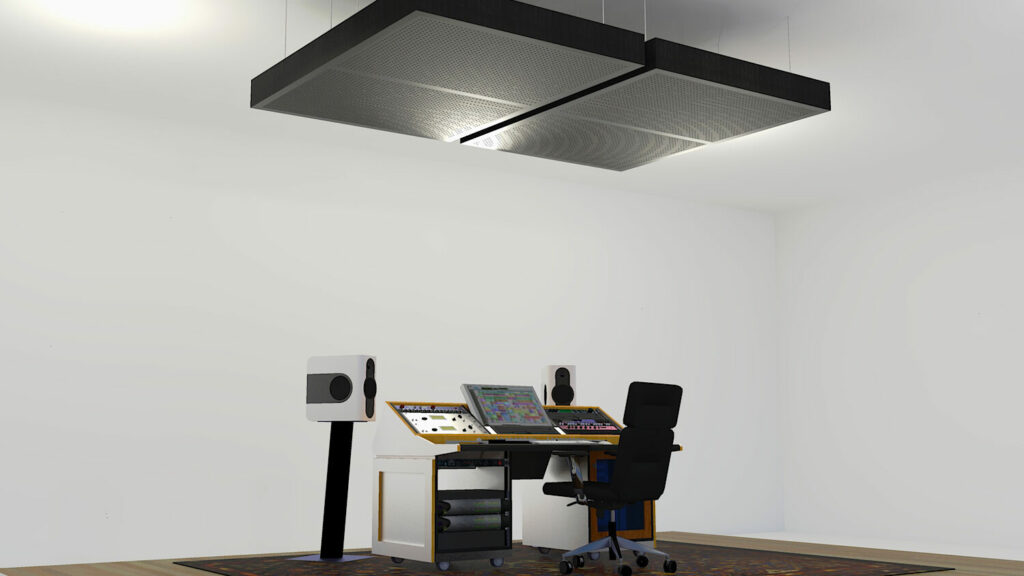
Unleashing the Potential of Sound
Unfortunately, there is little attention paid to acoustics and sound quality in most rooms we see. It is a shame since the source of energy in most rooms is either music or voice. The room doesn’t care what produces the energy one places within it. The room only sees frequency and amplitude and it will react accordingly to our laws of physics when there are too many reflections and unwanted modal pressure issues. Lower frequency energy is wave energy that oscillates through the room boundaries.
The frequency of the energy sometimes fits within the dimensions of the room and most of the time it does not. When the wavelength of the low frequency does not fit, the unwanted mathematical fit produces room modes. Room modes can exaggerate certain frequency or octave bands and eliminate others. You can hear too much of a certain octave band or hear nothing at all. Neither one is desirable. You must treat both unwanted pressure issues along with reflections to minimize distortions and improve resolution.


